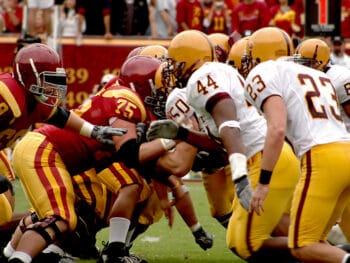As officials in New South Wales (Australia) are noting, businesses and workers need to be very careful when working with electricity and power lines after recent analysis from WorkCover showed there had been two electrocutions and 14 electric shocks in a recent 12-month period.
WorkCover NSW General Manager of Work Health and Safety Division John Watson said examples from August 2012 to August 2013 have included electric shocks, through to deaths.
“In one instance a worker was installing air-conditioning at a petrol station when the wiring he was working with was still energized and he received an electric shock. Tragically, he passed away in hospital,” Watson said.
“In another case, a plasterer was installing a ceiling fan when he accidently cut through energized wiring receiving an electric shock which caused him to fall about 2.4 meters off his ladder also causing bruising.”
As a result, Watson urged businesses and workers to take the steps needed to make sure everyone comes home safe at the end of their shift.
As Watson pointed out, “Working on or near electrical installations can be dangerous, and that’s why workers and businesses need to take precautions and always use a licensed electrician for all electrical installation work. Although all situations are different, what’s important is that there are basic ways to improve electrical safety.”
Equipment Needs to Be Tested and Tagged
Watson noted that in “conditions that involve exposing electrical equipment to moisture, heat, vibration, mechanical damage, corrosive chemicals and dust, ensure that that the electrical equipment is regularly tested and tagged and that the equipment is used in association with an RCD (Residual Current Device/ Safety Switch).”
Watson said special consideration must also be taken when working near overhead and underground power lines.
“You don’t need to come in contact with the power line to result in electric shock or arc flash burns. It is important that workers, equipment, material and plant remain at safe distances from overhead and underground electric lines,” Mr Watson pointed out.
While court action is generally only used in the most significant safety breaches, Watson said WorkCover can and does prosecute businesses that fail to adequately protect their workers.
“Under work health and safety laws, workplaces must have systems in place to prevent workers being shocked or electrocuted,” Watson noted.
Author Kori Shafer-Stack, Editor, Amaxx Risk Solutions, Inc. is an expert in post-injury response procedures and part of the Amaxx team helping companies reduce their workers compensation costs by 20% to 50%. www.reduceyourworkerscomp.com. Contact: kstack@reduceyourworkerscomp.com.
©2014 Amaxx Risk Solutions, Inc. All rights reserved under International Copyright Law.
WORK COMP CALCULATOR: http://www.LowerWC.com/calculator.php
MODIFIED DUTY CALCULATOR: http://www.LowerWC.com/transitional-duty-cost-calculator.php
WC GROUP: http://www.linkedin.com/groups?homeNewMember=&gid=1922050/
SUBSCRIBE: Workers Comp Resource Center Newsletter













